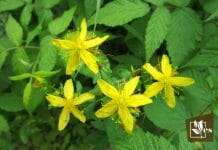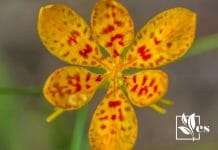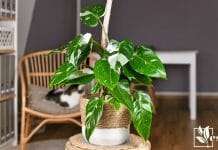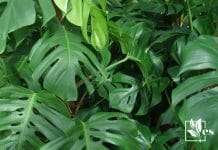Plants that look like mullein might be encountered in the wild, and some of them can easily grow in your garden. But not all of the common mullein lookalikes are safe to handle, as some might be toxic or affect the health of other plants that grow nearby.
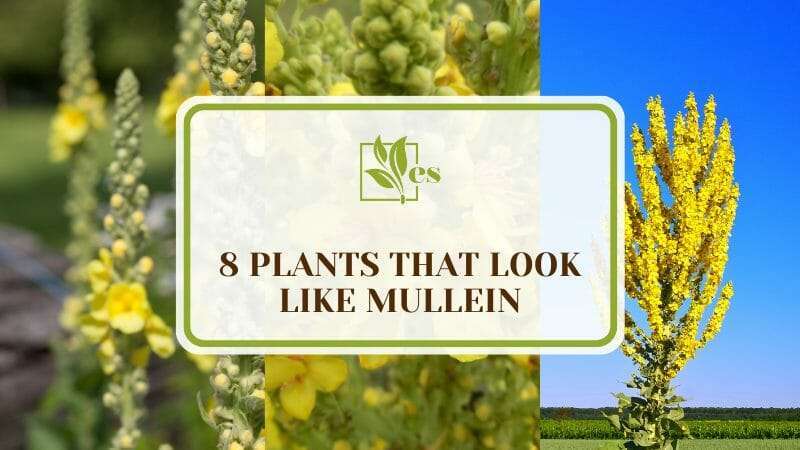
Keep reading to learn more about some plants that look like the Verbascum thapsus plant.
JUMP TO TOPIC
List of Plants That Look Like Mullein
1. Lamb’s Ear
Upon first look, you can easily mistake the lamb’s ear plant for the common mullein. It grows a similar rosette of leaves and can be an impressive addition to your rock garden.
– Special Features
The lamb’s ear plant is a good ground cover for sunny areas, and in most cases, people grow it for its attractive foliage rather than its flowers. This plant has a fast-growing rate when grown from cuttings in the spring, covering a large area in your garden by fall.
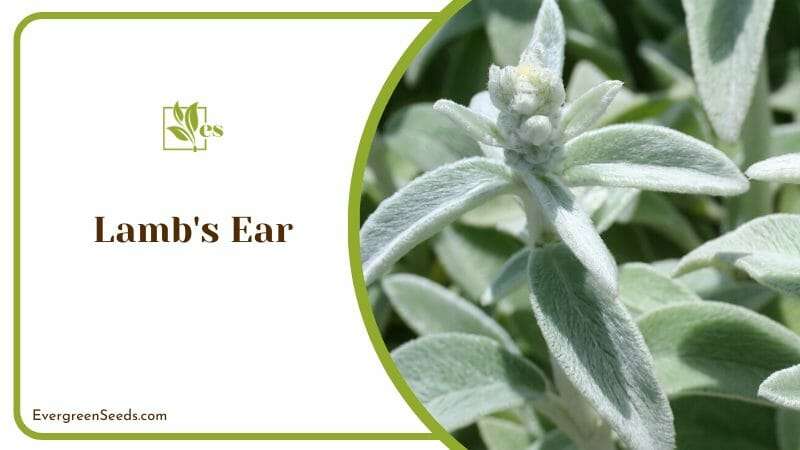
If you ever see it, you can quickly identify it with its thick, fuzzy, silver leaves. It occasionally grows light purple flowers on long spikes, which you can easily distinguish from the yellow flowers of the mullein plant. The leaves and the flowers have a fruity smell. Removing the flowers will help maintain the health of the foliage.
– Growing Conditions
The lamb’s ear plant is drought-resistant and thrives in sunny areas, but it can be an aggressive grower in fertile soil, depriving nearby plants of necessary nutrients. This is why it’s best to grow it in poor, well-draining soil where other plants will struggle to grow and only provide it with water when the soil is dry.
2. Common Foxglove
Although you probably already know the common foxglove for its impressive purple flowers, this plant grows ground-level leaf rosettes in its first year, which can be very close to the shape of mullein rosettes.
It’s important to tell these two plants apart if you ever encounter any of them in the wild because all parts of the foxglove plants are toxic to humans and pets. So you don’t want to touch the leaves or use them to make tea, the way you can use the mullein plant.
– What You Need To Know
The common foxglove is an eye-catching garden plant that grows purple, pink, yellow, red, or white funnel-shaped flowers on long spikes before it dies after its second season.
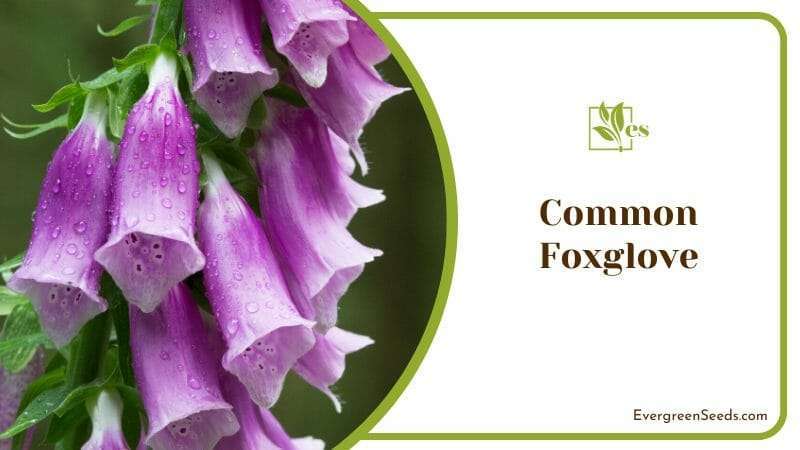
This is why many gardeners buy this plant as a second-year potted plant to ensure that it will flower.
However, you can still grow it for its beautiful foliage by starting it from seed. The common foxglove is easy to grow but needs staking to prevent the flower stems from flopping over. It loves rich, well-draining soil and will thrive in a sunny location, but it can also tolerate some shade.
– Issues
All parts of the plant contain chemicals that can seriously harm the heart and affect blood circulation. The soil shouldn’t be soaked because this plant is prone to crown rot. The common foxglove is usually attacked by aphids and mealy bugs.
3. Common Comfrey
In its early growing stages, you might mistake the common comfrey for mullein as it grows a rosette of leaves that can easily get you confused. However, this is a common wildlife plant that you can easily encounter near riverbanks and grasslands, so you should be able to differentiate it from the common mullein because it’s highly toxic.
– Features
The common comfrey can be a good container plant or an excellent addition to your wildflower garden. It has large pointed leaves with a hairy texture, and the leaves can sometimes grow to be about eight inches long. In spring, this plant grows tiny bell-shaped purple, pink, and white flowers that attract pollinators like bees and butterflies to your garden.
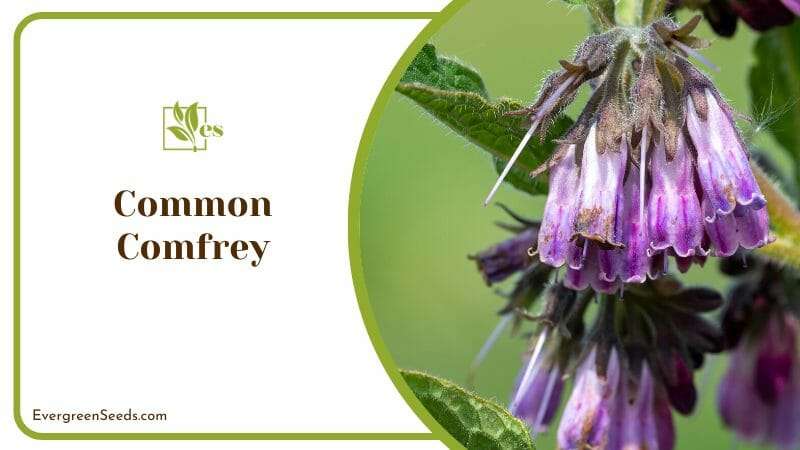
Common comfrey is highly adaptive and can grow in various light conditions and multiple soil types, so it can be an excellent choice for a problematic area in your garden. It has moderate watering requirements and becomes drought-resistant once established.
– What To Look Out For
Because of how adaptive it is, removing the common comfrey from your garden can be a challenging task. If you dig it out and leave only a small part of the root system, it will be able to grow new plants easily.
This is why it’s recommended to grow the common comfrey in a raised garden bed or in a container where you can have more control over its growth and limit access to it.
4. Evening Primrose
Common mullein has a beautiful fuzzy flower that looks similar to the evening primrose, so you might confuse the two plants. The evening primrose grows from a basal rosette of leaves and thrives in neutral and acidic soil.
– Care Tips
It loves to grow in full sun and partial shade and has moderate watering requirements. The evening primrose plant can easily take over your garden because it easily spreads, so you should keep an eye on its growth.
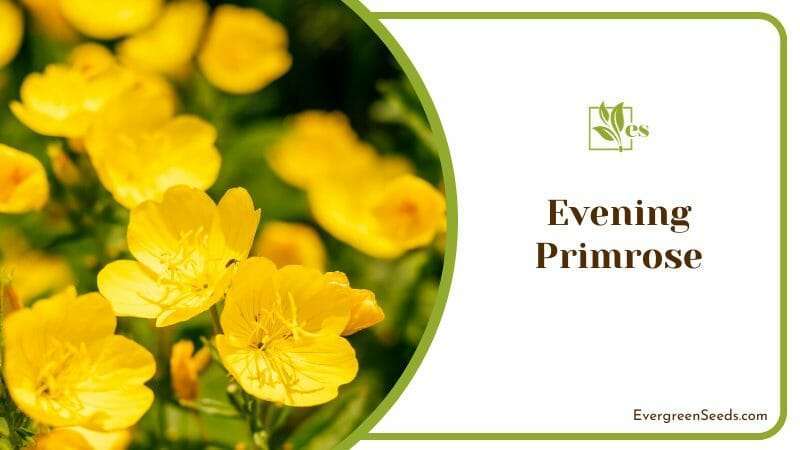
– How To Identify
If you ever encounter a beautiful yellow flower that doesn’t open by day, then it’s probably an evening primrose and not the flower of the common mullein. The evening primrose yellow flowers bloom in summer and fall and open by late afternoon to attract night pollinators like moths and bats. They also have a sweet lemon-like scent that you won’t easily miss.
5. Water Lettuce
If you see a rosette of leaves growing in a water pond that looks very much like a mullein plant, then you’ve probably found a water lettuce plant. The leaves of the water lettuce have a mullein-like fizzy texture, but it’s a floating plant with a head that looks like lettuce.
The leaves have scalloped edges and veins, and the stems are not visible. In the summer and fall, the water lettuce grows white or pale green flowers that can be easily missed because they grow hidden inside the rosette of leaves.
– Planting Ideas
Water lettuce can be a great addition to your water garden, but you can also grow it as an indoor plant.
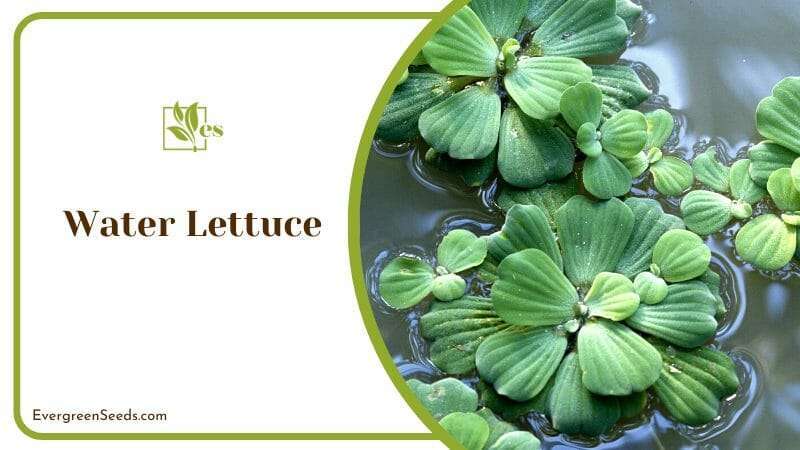
If you have fish or other forms of aquatic life, water lettuce will help clean the water and keep it healthy as it reduces algae bloom in ponds. However, you should be aware that larger fish that nibble can potentially damage the plant.
– Special Features
Water lettuce grows as a shallow rosette, so you shouldn’t plant it in a spot with strong currents. The plant usually has a dense root system that can grow to 20 inches long, and they don’t have to touch the soil.
Water lettuce needs full sun but can tolerate some partial shade, especially if the afternoon sun is too intense. This plant can handle moderately hard water but can’t handle too many salts or lime.
6. Hens And Chicks
As you explore the native plants during your outdoor adventures, you’re likely to encounter the hens and chicks plant if you’re in a dry location. This succulent is a mat-forming plant that grows fleshy pointed leaves arranged in rosettes, just like mulleins.
However, they never grow above ground level. Instead, the plant spreads to form colonies that can be about two feet wide from the parent rosette or the hen. The smaller rosettes are the chicks, and the plant sometimes grows pink or reddish flowers on tall stalks.
– What You Need To Know
Most people grow the hens and chicks plant in gravelly soil where other plants will struggle. However, because of its impressive foliage, this plant can be an excellent addition to your garden, growing leaves that can be red, green, gold, copper, or even blue.
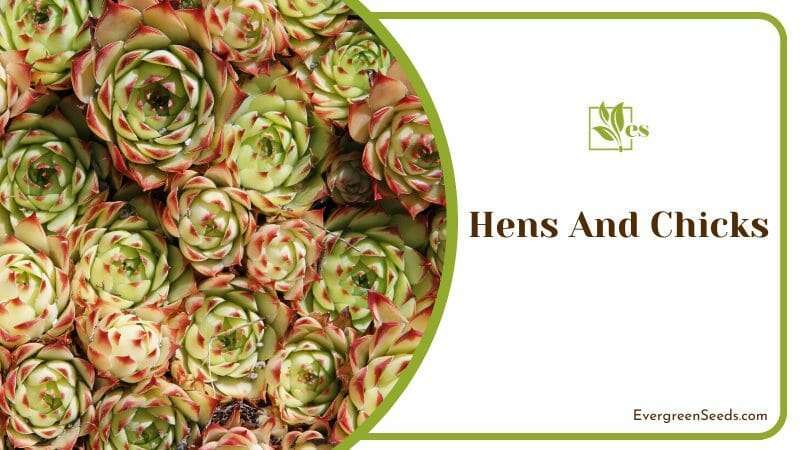
To propagate this plant, you can simply separate the chicks from the parent plant while keeping the roots. However, you can also grow it from seed.
– Growing Conditions
You can grow the hens and chicks plant as an indoor plant or in your rock garden, and it’s pretty easy to take care of. As a matter of fact, providing it with too much water or fertilizer can actually harm it and stunt its growth. Just grow it in well-draining soil and keep it in a sunny spot, and you can forget about watering it for weeks.
Mature plants usually grow stalks of flowers when they’re about to die. In this case, you should remove them to allow the chicks to continue growing.
7. African Violet
You won’t confuse the African violet plant with mullein once its starts flowering. But before that, the rosettes of thick, velvety leaves might get you perplexed. The African violet is a low-growing compact plant that is usually grown as a houseplant.
It flowers several times a year, producing attractive white, pink, purple, red, and blue flowers. People typically grow it indoors because it has particular growing requirements that are hard to maintain in an outdoor garden.
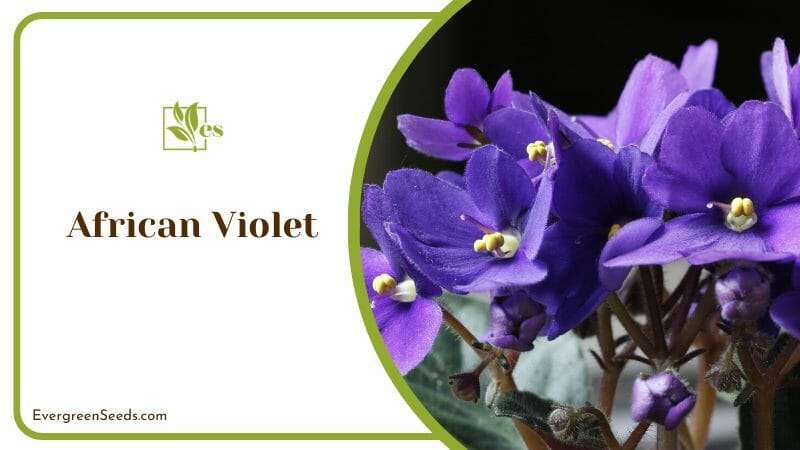
– Special Features
The African violet is native to Africa and thrives in warm and humid conditions that are easier to maintain inside the house. It should be kept in moist soil, but the water shouldn’t touch the leaves or they will grow brown spots.
– Issues
This plant should be exposed to moderate sunlight to support its growth without scorching the leaves. This is why the African violet isn’t a good choice for a beginner gardener.
8. Corn Lily
The cowboy toilet is one of the common names of the mullein, and if you’re on an outdoor adventure, you can use the corn lily for the same purpose. The corn lily is an attractive plant that can usually be found at higher elevations and is a common mullein imposter that you might get wrong, especially if the plant is still young.
– Description
The corn lily or wild corn grows clusters of green leaves that emerge from damp soil so you can find it near wetlands. Once mature, the big leaves can be the size of a football. In summer, the plant grows six-foot stalks that bear white flowers.
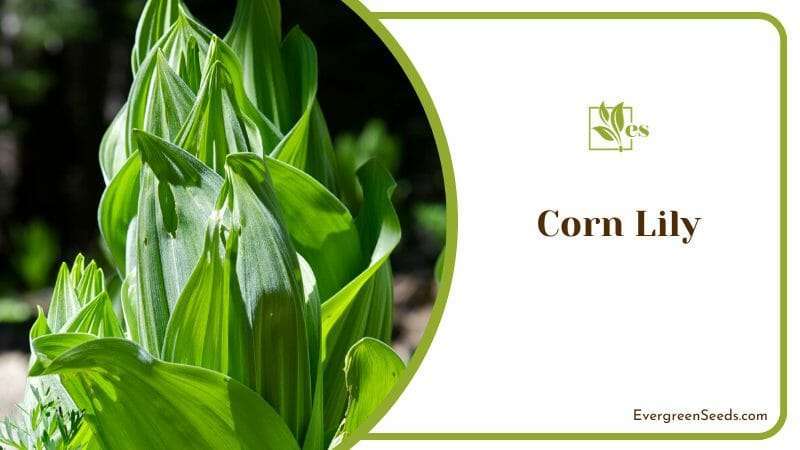
– What To Look Out For
You might encounter this plant in open meadows, and it’s easy to notice because of its big leaves. This plant is highly toxic when ingested and can also be toxic to livestock, but you can safely touch it as long as you wash your hands afterward.
Corn lily is more threatening to grazing animals than humans and can kill them in no time. It also affects pregnant animals by causing deformities in their offspring.
Final note:
The evening primrose flower looks very much like the mullein flower, but the foliage is different.


